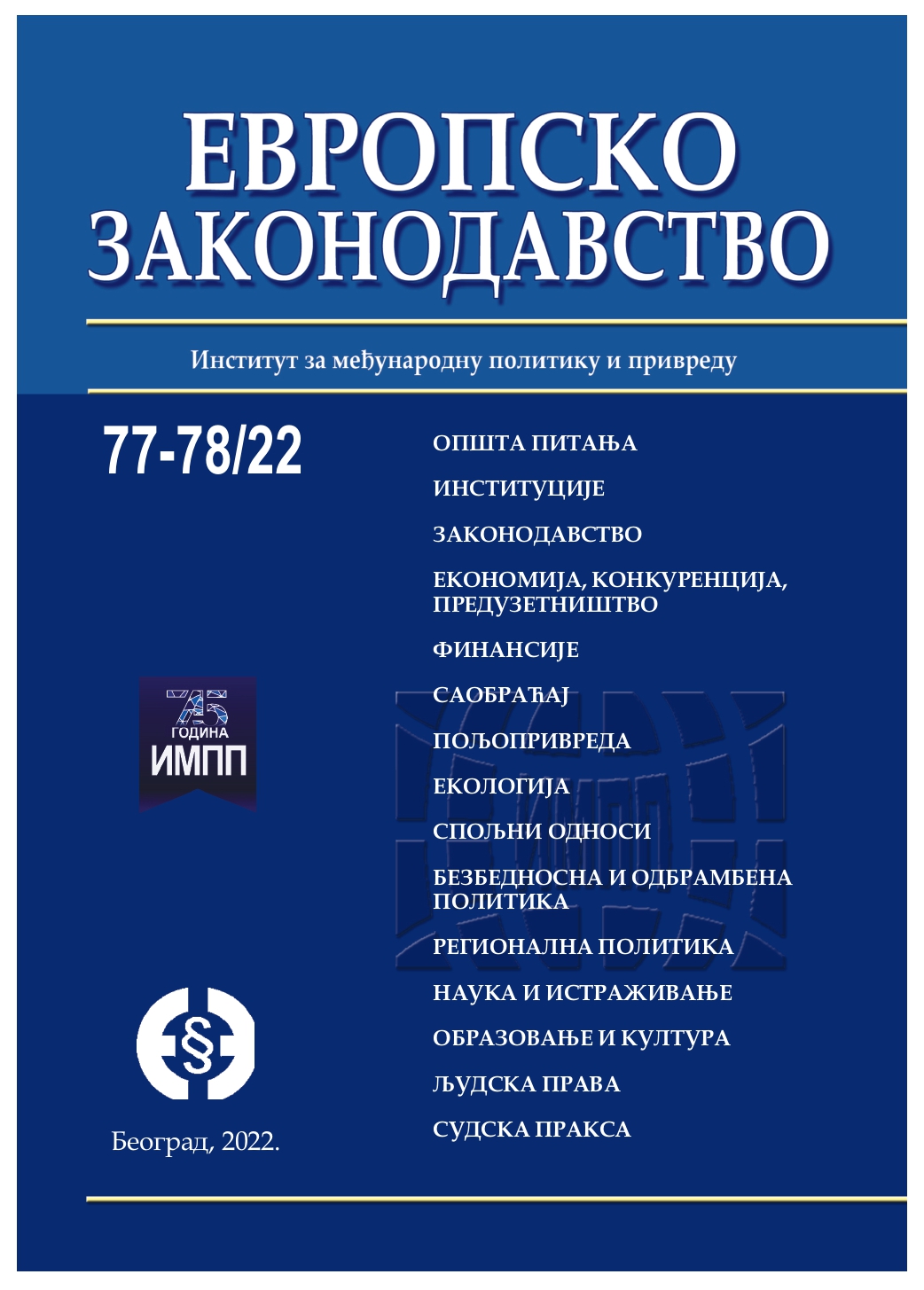Секундарни стечајни поступак у праву ЕУ и потреба његовог спровођења у међународном стечају
Secondary bankruptcy proceedings in EU law and the need for its implementation in international bankruptcy
Author(s): Vladimir ČolovićSubject(s): EU-Legislation
Published by: Институт за међународну политику и привреду
Keywords: Secondary bankruptcy procedure;bankruptcy trustee;bankruptcy debtor;bankruptcy estate;guarantee;local creditors
Summary/Abstract: Secondary bankruptcy proceedings are initiated in the country where the bankruptcy debtor has a permanent branch office and assets. This procedure is dependent on the main bankruptcy proceedings being conducted in the country where the debtor has the centre of his business interests, i.e., where he has his seat. The goal of conducting several bankruptcy proceedings against the same debtor at the same time is to fulfil the principle of unity of the bankruptcy estate. EU Regulation 848/2015, which regulates the bankruptcy proceedings, provides for the possibility of not initiating secondary bankruptcy proceedings. If secondary bankruptcy proceedings are not instituted, the bankruptcy trustee appointed in the main bankruptcy proceedings must provide a guarantee to the creditors of that country that their claims will be settled. The Bankruptcy Trustee from the main bankruptcy procedure decides on initiating the secondary procedure. Also, the trustee decides on the possibility of initiating another procedure instead of the secondary one, which will not lead to the closure of the debtor but to the continuation of his business. The paper examines the necessity of initiating secondary bankruptcy proceedings in international bankruptcy. Situations are analysed when it is not initiated, i.e., when another procedure will be initiated instead of the secondary one. The disadvantages and advantages of initiating secondary bankruptcy proceedings are analysed, as well as its legal nature. Finally, attention is paid to the regulation of this matter in the bankruptcy legislation of the Republic of Serbia.
Journal: Европско законодавство
- Issue Year: 2022
- Issue No: 77-78
- Page Range: 157-172
- Page Count: 16
- Language: Serbian

